A complete guide to keeping your plants hydrated and healthy
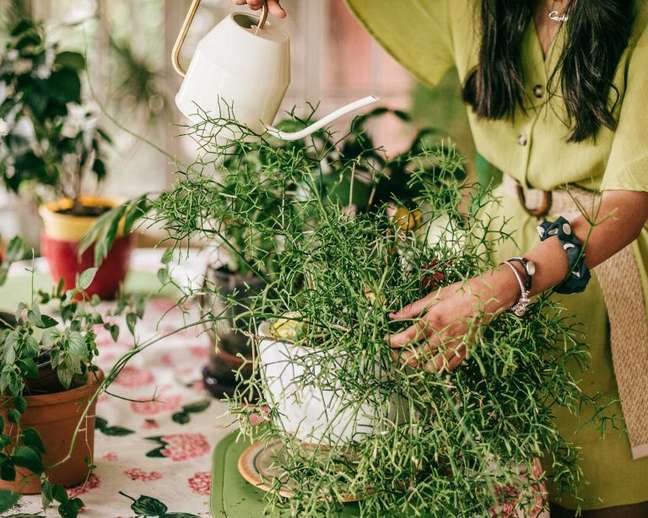
Water the plants it’s a crucial task to keep your garden and indoor greenery happy and healthy. Newly planted trees and shrubs, as well as other areas, must be kept well hydrated, as well as annual flowers, perennials, hanging pots and vegetable gardens.
In other words, there may be many things in your garden that require frequent attention from a watering can, hose, or sprinkler.
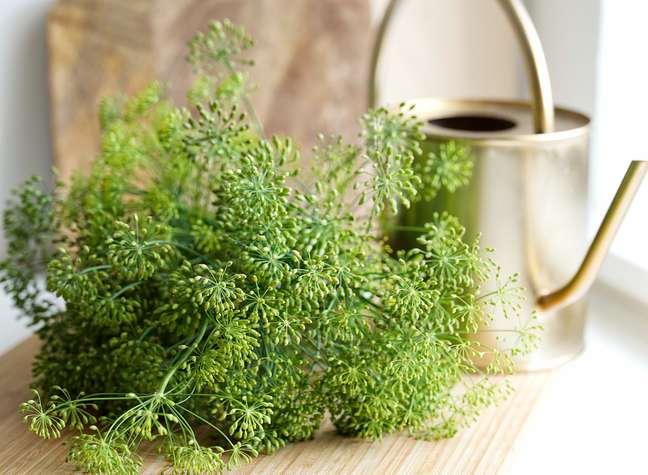
Knowing how much to water, the best ways to do it, how often, and even the best time of day are key to getting the job done effectively.
Also, with the water supply under pressure due to the climate crisis, it is important to learn how this is possible use less water from the grid and resort to other greener sources, keeping the plants growing.
We’ve got everything on how to water your plants outdoors, as well as expert tips for keeping them healthy!
Instruments
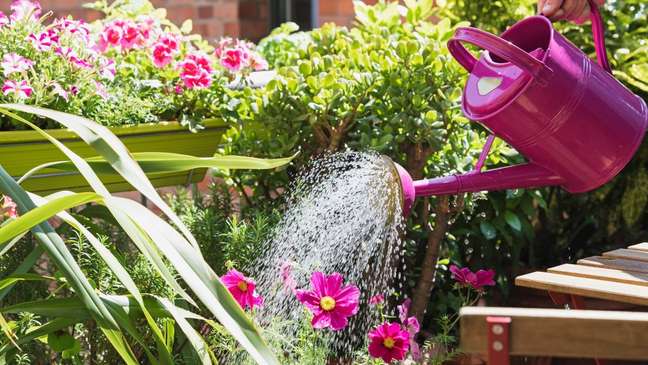
Using a watering can is, of course, a great approach to watering plants.
It facilitates directing water to the roots where it is needed. Water the stem bases, making sure you move the watering can so that all spots are properly fed, advises the experts at Haws, suppliers of craft watering cans.
“Providing water to a site can stop the growth of other root systems as they are unable to absorb nutrients from the soil.”
It is also advisable to avoid wetting the leaves. “Wet or moist foliage will encourage fungal problems and evaporation from surfaces.”
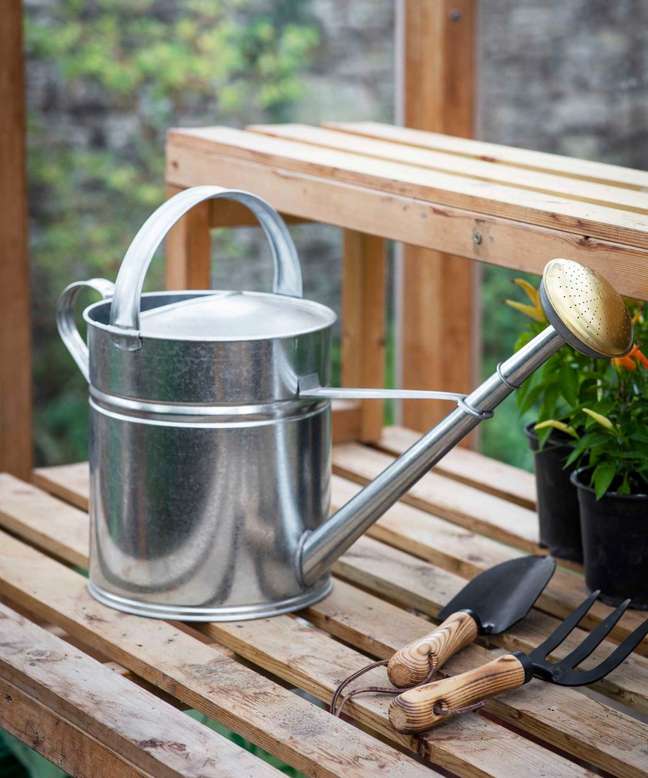
Looking for alternatives to a watering can? You can use a dip tube. With these, the water can seep along the length of the pipe thanks to its porous layers so that it reaches the roots.
Or try a drip irrigation system adapted to your soil, while sprinklers can come in handy for lawns. For pot collections, you can also consider self-watering containers, which allow plant roots to draw water from a reservoir.
If you have a lot of watering to do, you can opt for a garden hose. Make sure you have a spray attachment at the end – an aerated version will reduce water consumption. Be sure to direct the water to the base of the stems.
frequency of irrigation
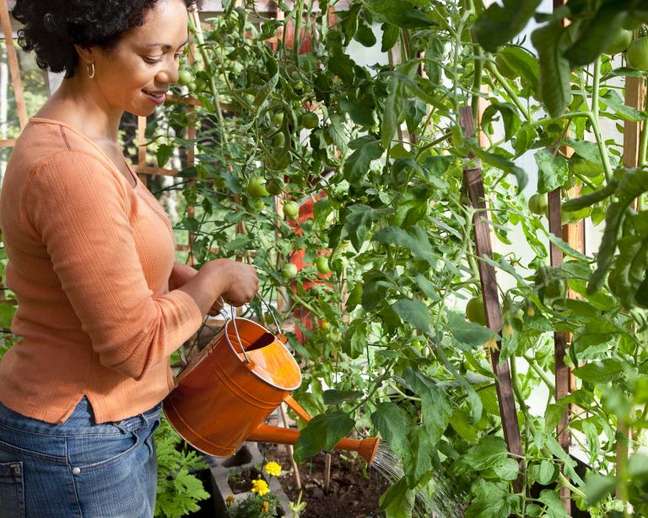
Unfortunately, there are no universal rules on how often to water the plants. Everyone has different needs and the type of soil and climate also affect this problem.
The fact that you’ll need to water more when it’s hot and sunny probably won’t surprise you – in midsummer, most plants will benefit from daily watering.
Keep in mind that windy weather also means plants need more water. And even if it rains, pay attention to how good the rain is. If we’re talking about light rains, they won’t do much for your plant roots.
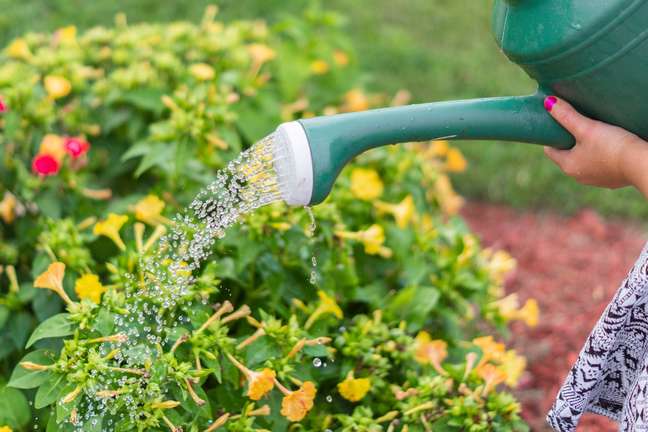
In terms of soil, sandy and light ones tend to need more frequent but lighter doses of water than clayey and heavy soils.
New plants also require more water, as do larger plants with more leaves. If you take care of flower beds, you will also need to give them plenty of H₂O.
watering in pots
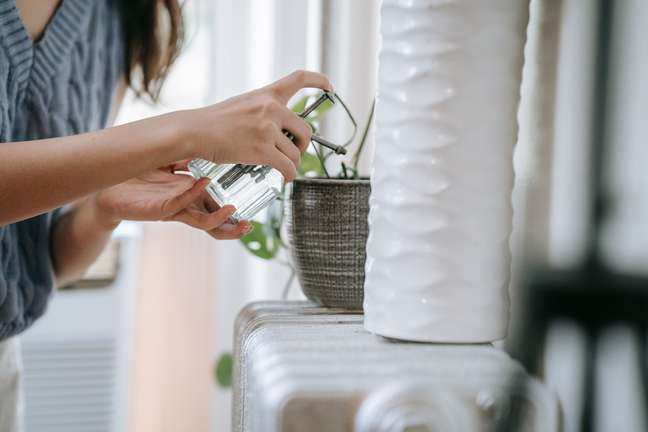
If you’ve started a potted garden, they’ll need some extra attention from your watering can.
“The soil in containers usually dries out much faster than in flower beds, so they may need to be watered more often,” Haws say. “Typically, the smaller the container, the more often it will need to be watered, so the plants have a constant source of nutrition that will help them grow.”
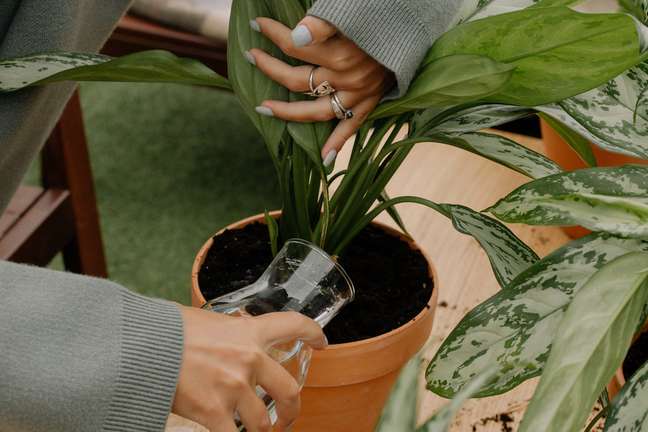
In terms of how much to water the plants, the RHS suggests adding 10% of the container volume to each irrigation, for example 1 liter of water for a 10 liter pot. Place a saucer underneath to collect any excess and allow it to reabsorb.
It is important not to overdo it – soggy soil is bad for the health of many plants. It is also important to choose pots with drainage holes so they don’t get too saturated during rains.
when to water
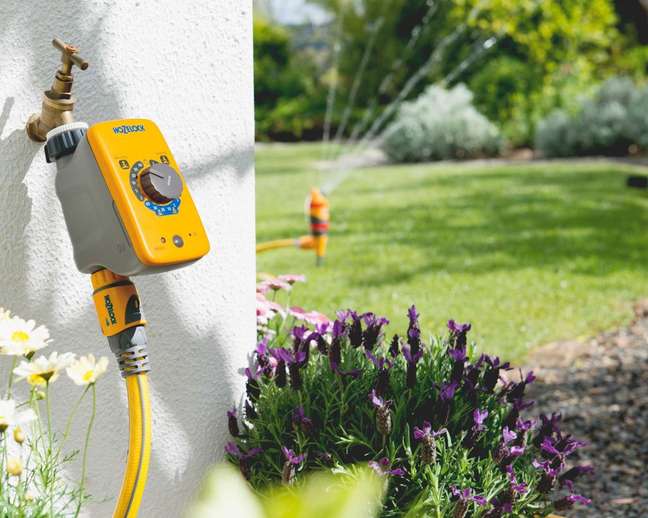
You will most likely need to water your garden from late spring to early fall, when the weather is warmer, but don’t rule out starting in mid-spring. You may need to do this at other times of the year as well, depending on the weather conditions you live in.
To check if your gardens need watering, “look at the ground all the way with a shovel,” say Hozelock’s experts. “Only water it if it’s dry – if it’s already wet, there’s no need.”
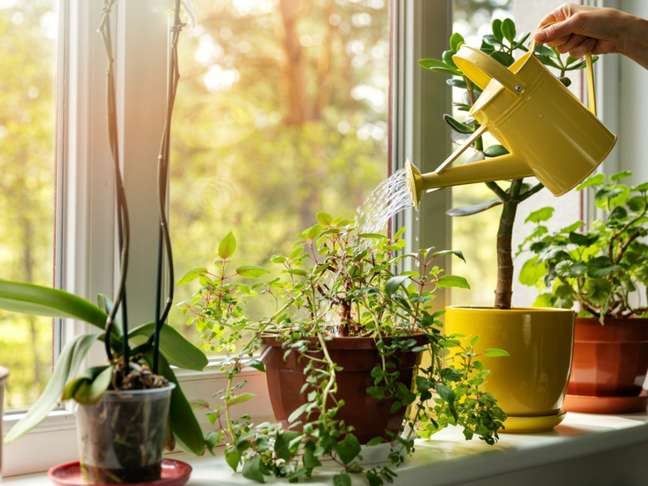
The time of day to water is a simpler matter. “Water at the beginning or end of the day when the sun isn’t that hot,” says Hozelock.
Haws experts especially recommend watering the plants early in the day, “as the soil will still be cool, giving the water its best chance of reaching the roots before the sun evaporates.”
“Morning watering also means your plants will have enough water to last all day, especially during warm weather, even if the top of the soil is dry to the touch,” they add.
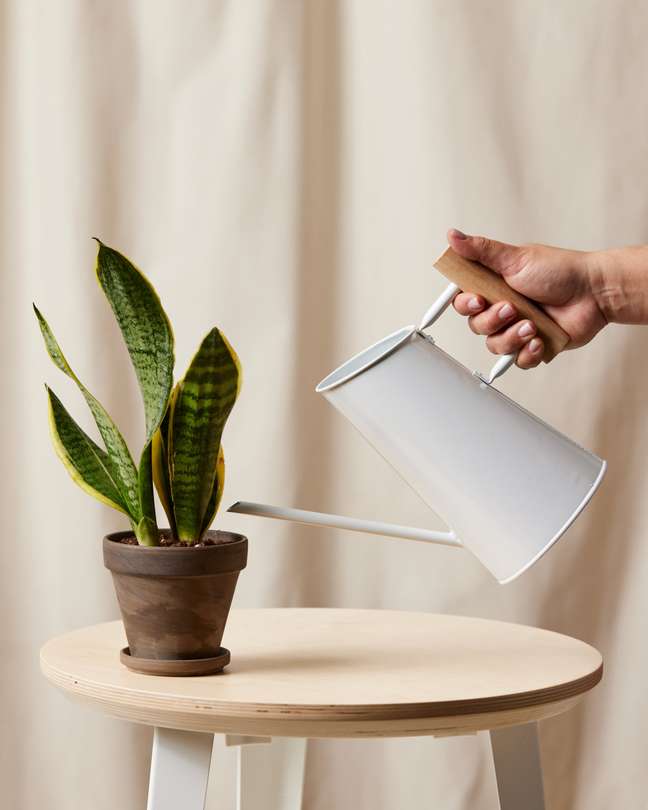
If you don’t usually have time in the morning or evening to take care of garden chores, you can invest in an electronic water timer, connected to your sprinkler system. These will feel when the sun rises and sets and water accordingly – they are perfect if you are looking for low maintenance garden solutions.
The best water for plants
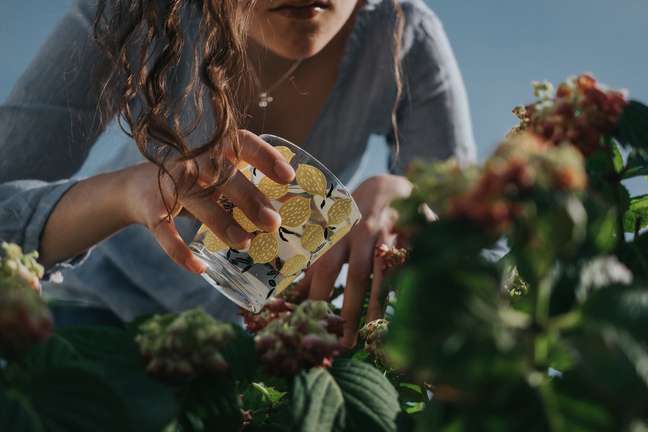
Reducing the consumption of tap water for the garden is important in an era of climate crisis and, if the water bill is low, it is still an expensive way to grow plants.
If you use tap water, keep in mind that demineralized water is not recommended, so get your garden water directly from the electricity grid instead of supplying the plants with the water that has passed through the purifier.
The best resource to use for your irrigation activities is rainwater. Get a bucket of water, or more than one. If you have gutters, you can collect water through the runoff. Do you want to take a step towards a more sustainable garden? You can also reuse the water from cleaning vegetables and salads before cooking.
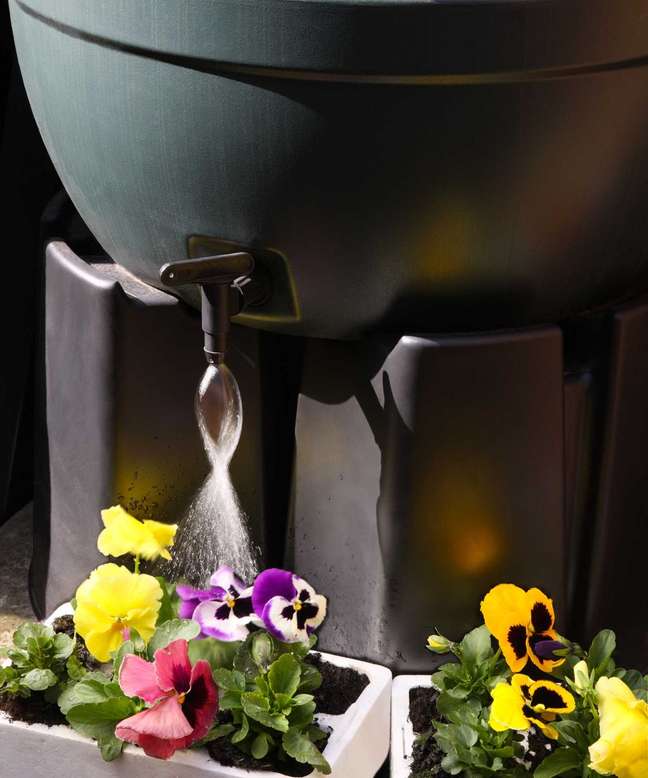
In case of lack of water, use gray water: this is the water from the shower, the bathtub, the washbasins and the washing machine rinses. Soaps and detergents shouldn’t cause problems for plants, just avoid using gray water for gardens.
In addition, gray water should always be used quickly and not stored, as the bacteria contained in it multiply rapidly. Water containing bleach, powerful toilet cleaners, so-called dark water, is always a no.
“How about using the pool water?”, You may wonder. If it’s a small pool that you have recently filled, that’s fine, but we generally don’t recommend using pool water in the garden due to the cleaning products applied to keep it clean.
And what to do with the lawns?
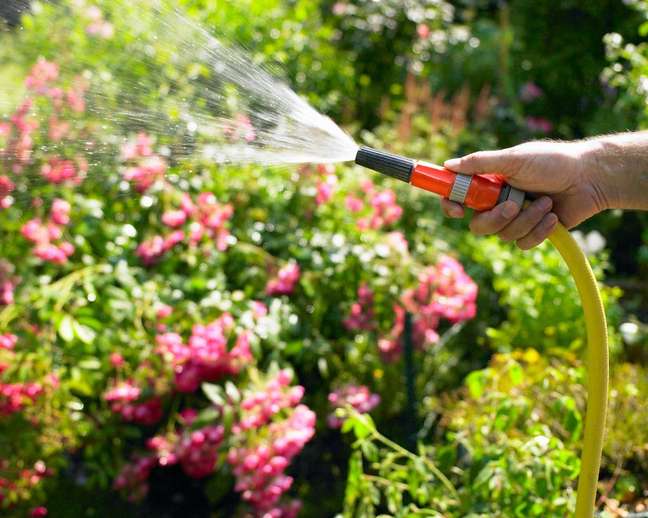
Care must be taken to ensure lawns are kept hydrated during the hot summer season.
Grass People’s advice for the summer is to water the grass once a week if it’s not raining. A garden sprinkler is the perfect tool for this.
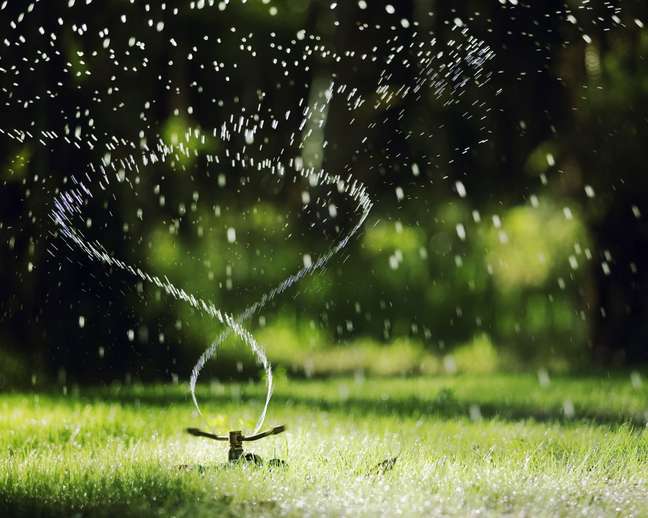
But be careful not to flood the grass which can damage it. “In the extreme heat of summer, a good guide is 20 liters of water per week for every square meter of lawn,” they advise. “You can see that your lawn needs a little more water if the grass starts to turn yellow or brown.”
During long periods of drought, lawn soil can become hard and dry, making it difficult for water to penetrate. In that case, “it is important to aerate with a plug aerator or cob aerator, which creates holes in the ground allowing water and oxygen to seep in,” they recommend.
tips for indoor plants
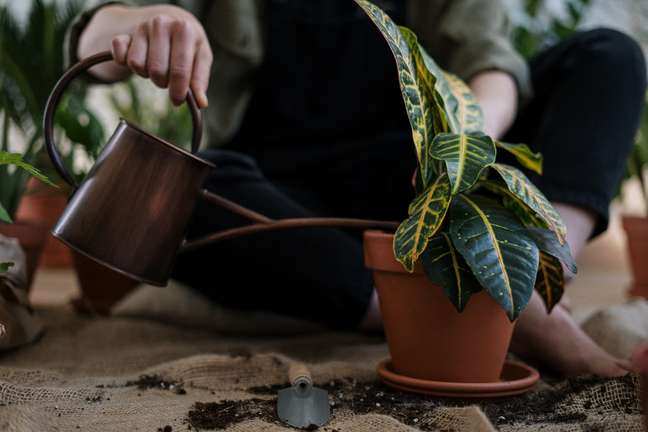
When it comes to the best houseplants, watering is obviously a year-round chore. As with garden plants, individual houseplants have different requirements, so adapt your routine to the species.
Overwatering is generally a danger, so let the compost dry out a bit before watering. Water until the soil is moist, letting the water drain into a saucer or sink.
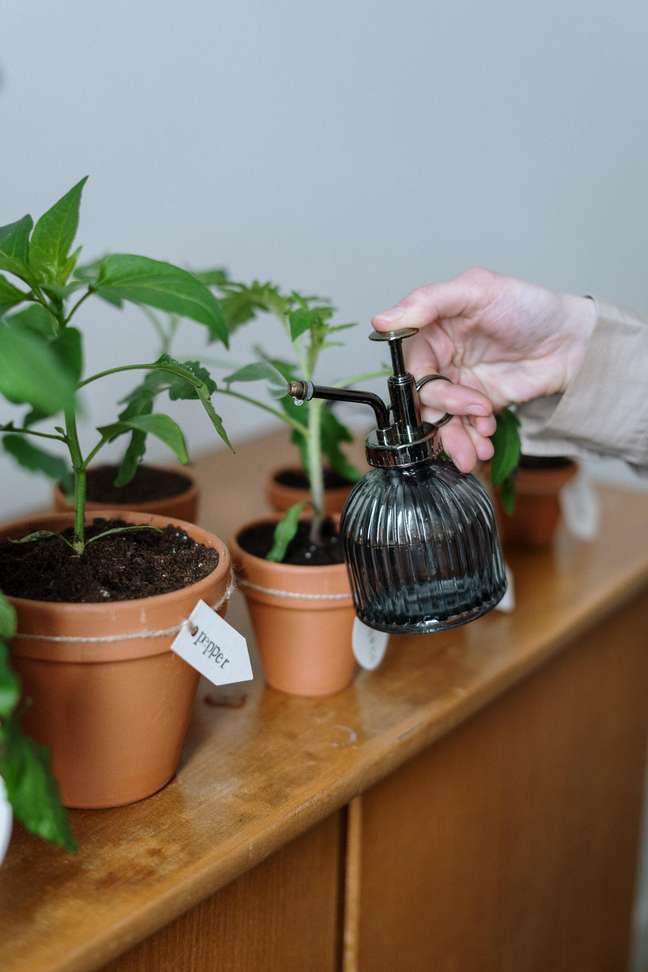
In winter, most houseplants need less water than other seasons, so shorten your watering schedule accordingly.
It is a good idea to let the water reach room temperature before using it on houseplants. Using rainwater is an even better idea and, like in the garden, if it’s tap water you’re putting on your plants, avoid decalcified water.
To spray or not to spray?
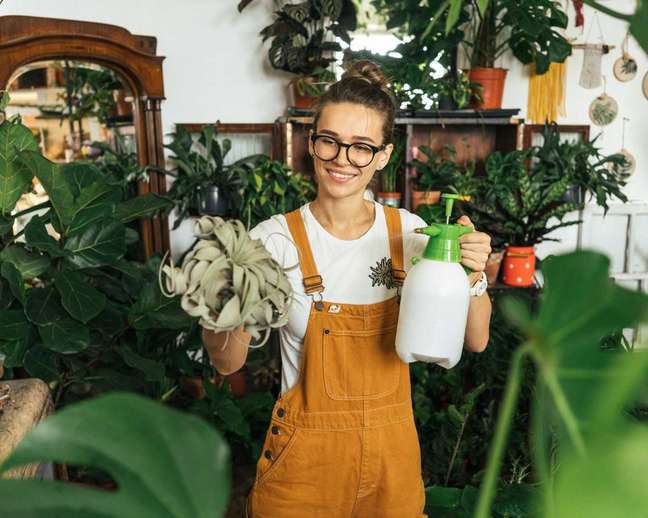
Many houseplants are native to tropical regions where humidity is high. However, the air in our homes, especially when considering central heating and air conditioning, tends to be quite dry.
Misting your plant’s leaves and soil every other day is a great way to get around this as it gives houseplants a more suitable growing environment. Plus, it helps reduce the risk of excess water.
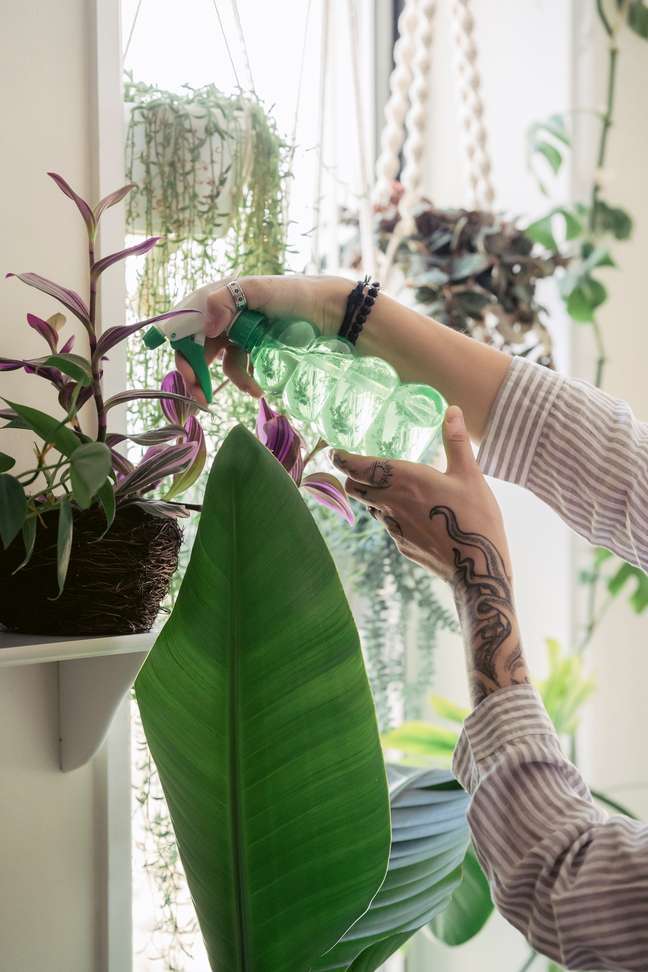
Ferns, orchids, and begonias are just a few of the many varieties that will benefit from spraying, as are all ideal bathroom and kitchen plants that thrive in humid conditions. However, avoid spraying succulents and cacti, which prefer drier air – this can lead to rot.
Signs of lack of irrigation
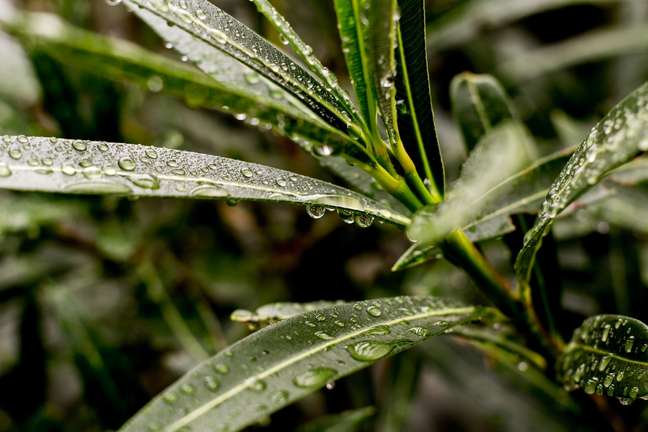
Want to know what signs to look out for to make sure you’re watering your plants enough? These features are important:
- The leaves are dry, drooping and curled.
- The ground below appears dry when using the touch test. To do this, push your finger into compost or soil at least to the depth of your finger to see if it’s wet.
- The plant is withering or no longer standing.
- Growth rates have slowed more than expected, or perhaps less fruit and flowers are being produced.
- Your containers seem lighter.
additional tips
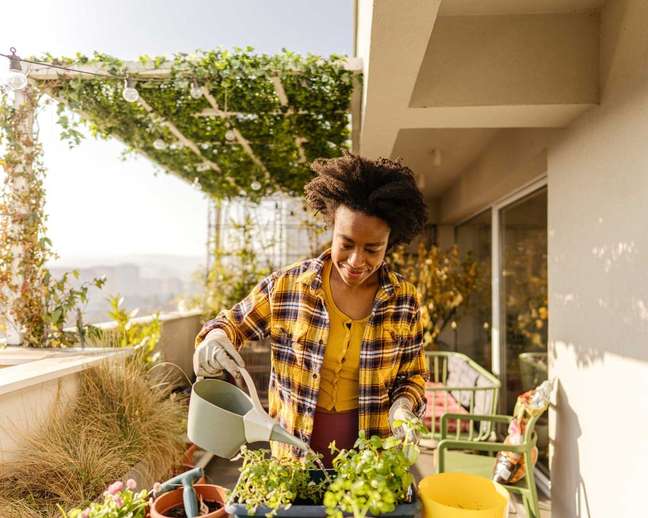
Are you looking for more useful tips for watering plants? Try these tips from Hozelock:
Place a potted plant under your hanging baskets when you water them. In this way, the pot can absorb excess water that falls from the bin.
Try to remove as many weeds from your gardens as you can, as they suck water out of the soil (and your plants).
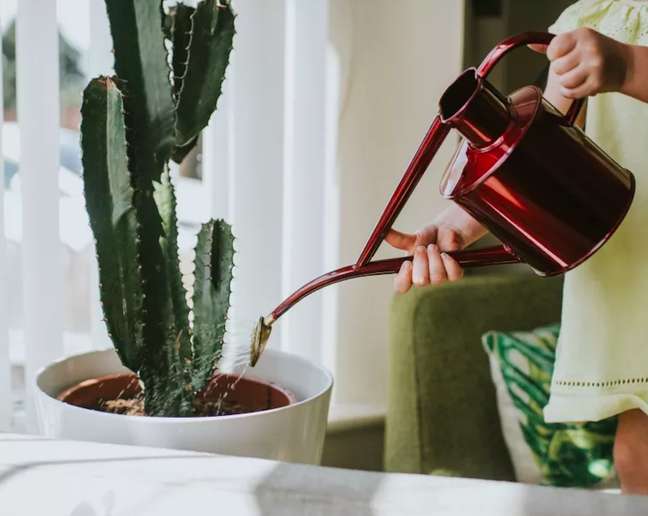
Covering the plants with a layer of homemade compost or well-rotted manure will help them retain moisture. And as a bonus, it will also suppress weeds.
Beware of leaking irrigation systems. Drips or leaking connectors from a faucet to your irrigation tool can waste a lot of water over time. If the connector appears to be leaking, the irrigation tool O-rings may be damaged or damaged. Replacing them can solve this problem quickly and is simple to do.
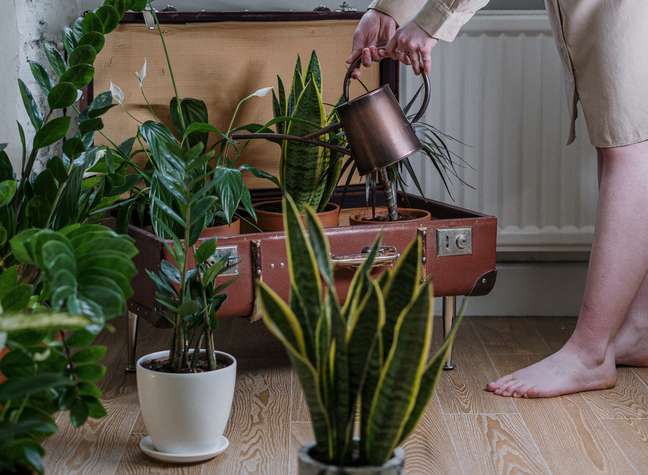
If you don’t have much time to water, or just want to use less water on your land, there are many drought tolerant plants that are simply beautiful and work well in grasslands or Mediterranean schemes.
* Via gardening etc.
Source: Terra
Benjamin Smith is a fashion journalist and author at Gossipify, known for his coverage of the latest fashion trends and industry insights. He writes about clothing, shoes, accessories, and runway shows, providing in-depth analysis and unique perspectives. He’s respected for his ability to spot emerging designers and trends, and for providing practical fashion advice to readers.

-vbnfqu6x671s.png)
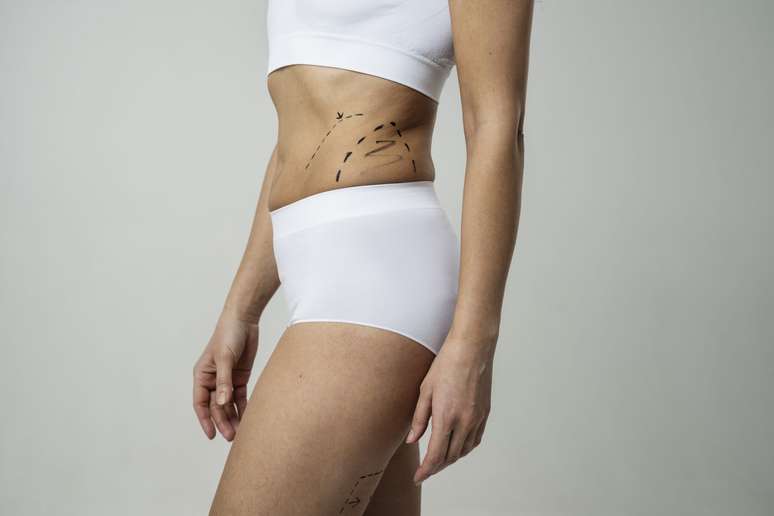

![More beautiful life in advance: Vadim takes risks … which awaits you a week from June 21 to July 25, 2025 [SPOILERS] More beautiful life in advance: Vadim takes risks … which awaits you a week from June 21 to July 25, 2025 [SPOILERS]](https://fr.web.img5.acsta.net/img/35/fa/35fa75709055af9b02e6282f4faa6ca7.jpg)

![We belong to us in advance tomorrow [SPOILERS]L We belong to us in advance tomorrow [SPOILERS]L](https://fr.web.img5.acsta.net/img/6e/b2/6eb29fd496417b85c5b52428b6abf9e1.jpg)

